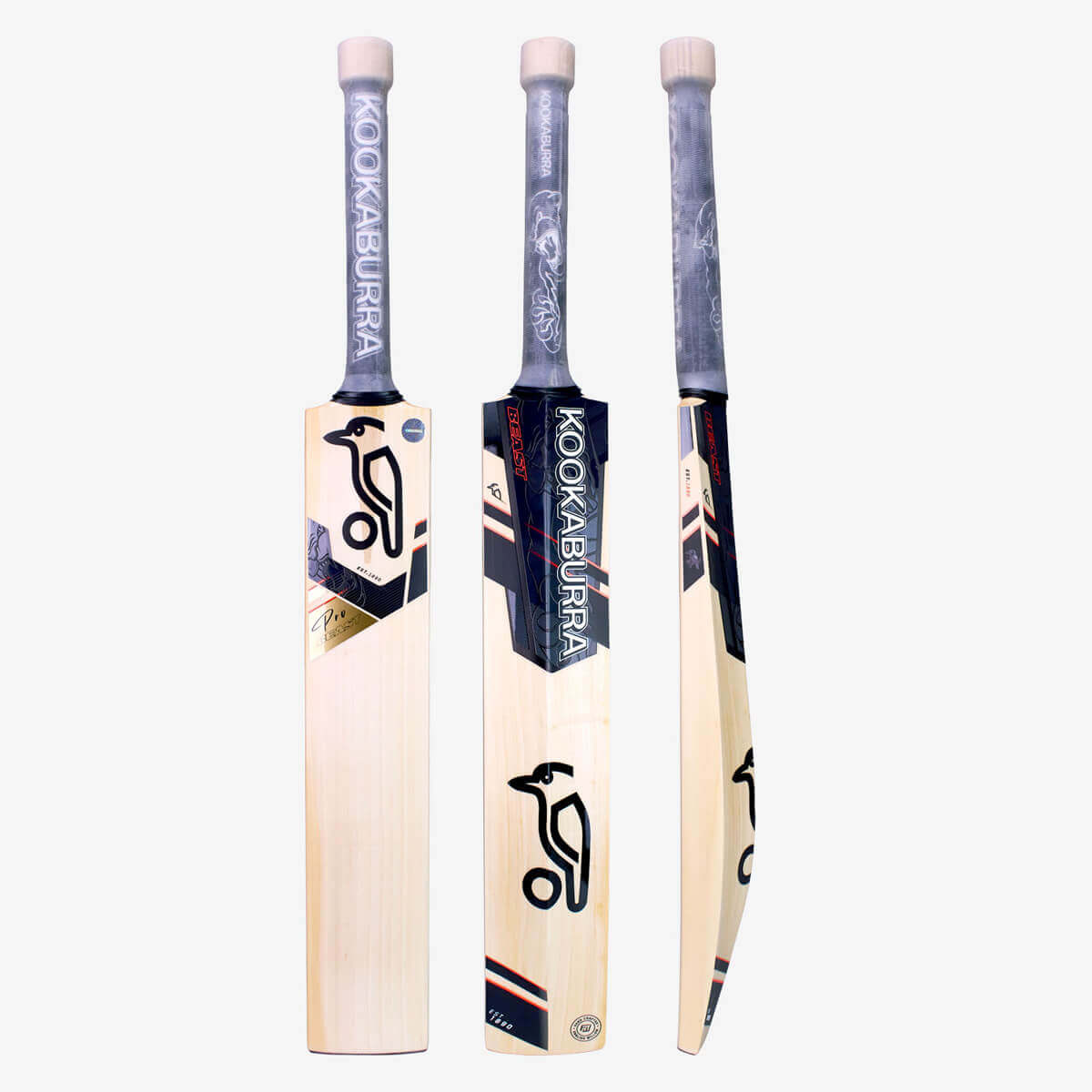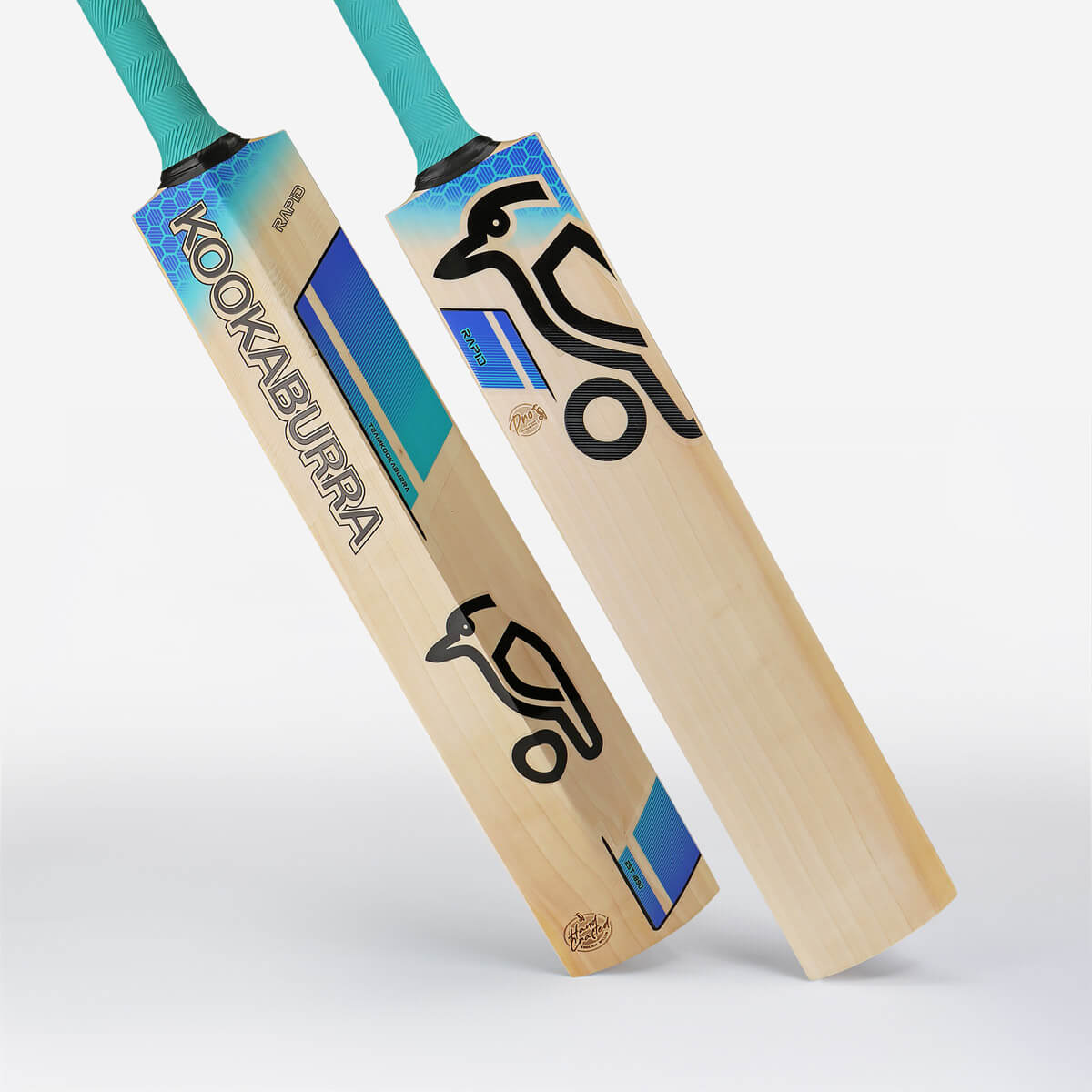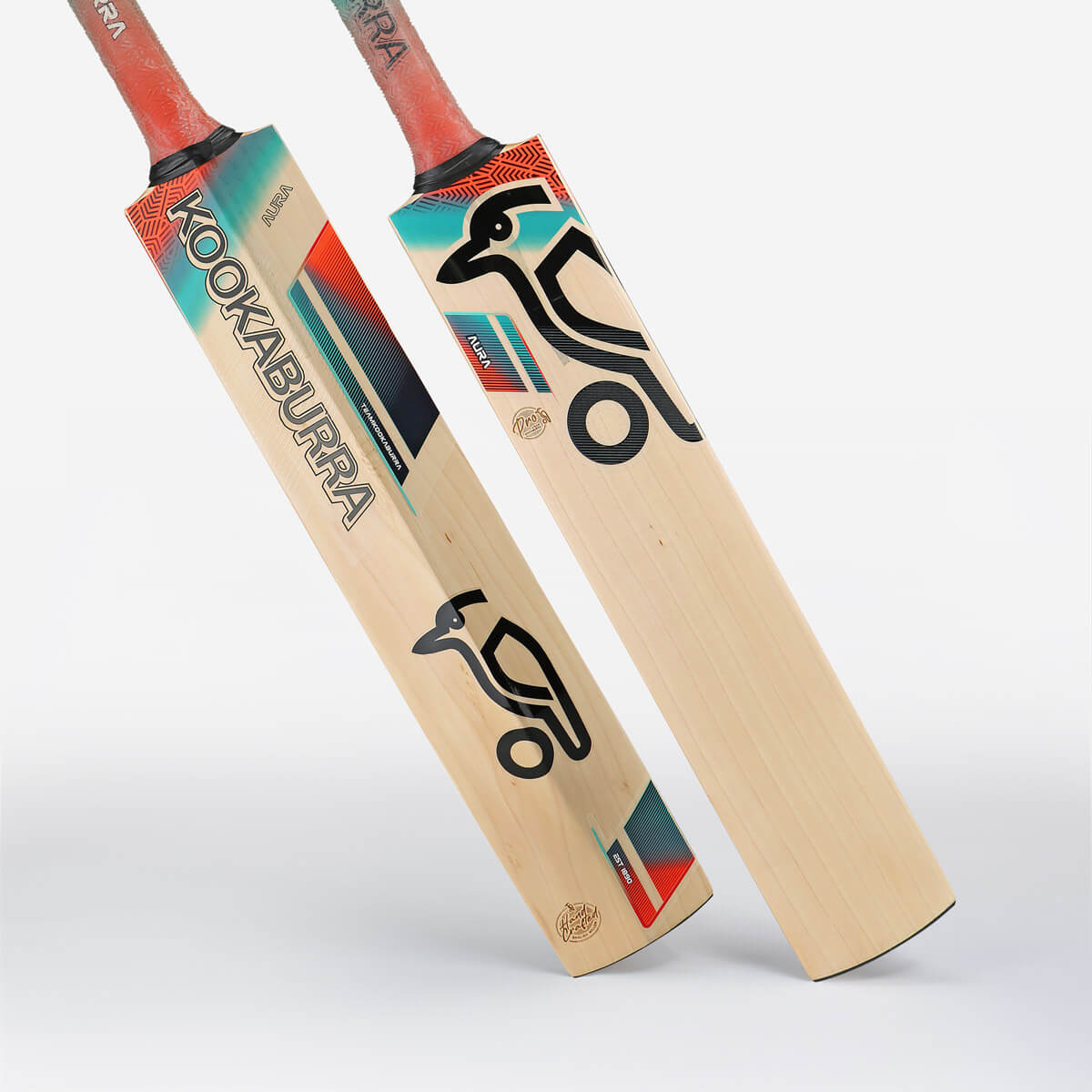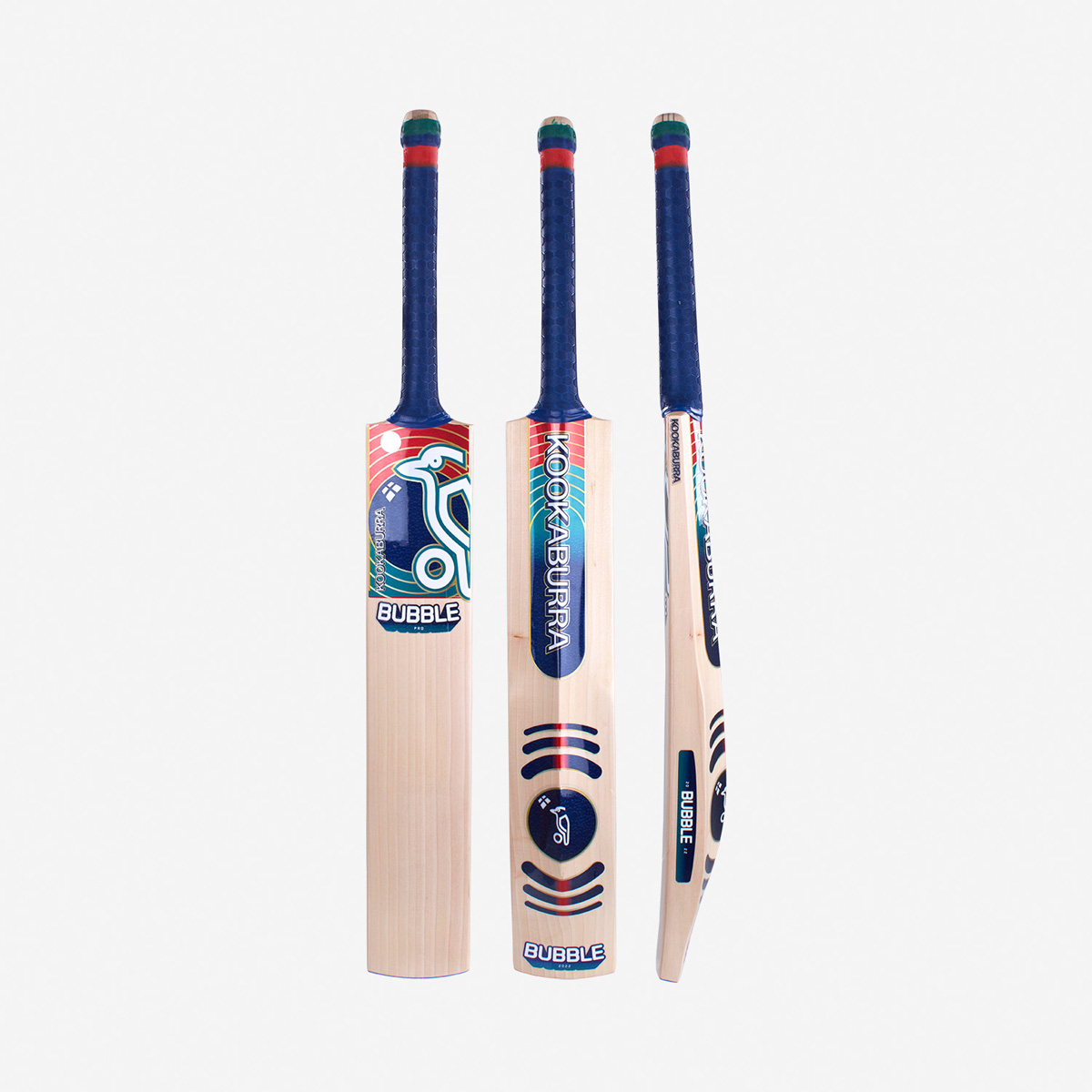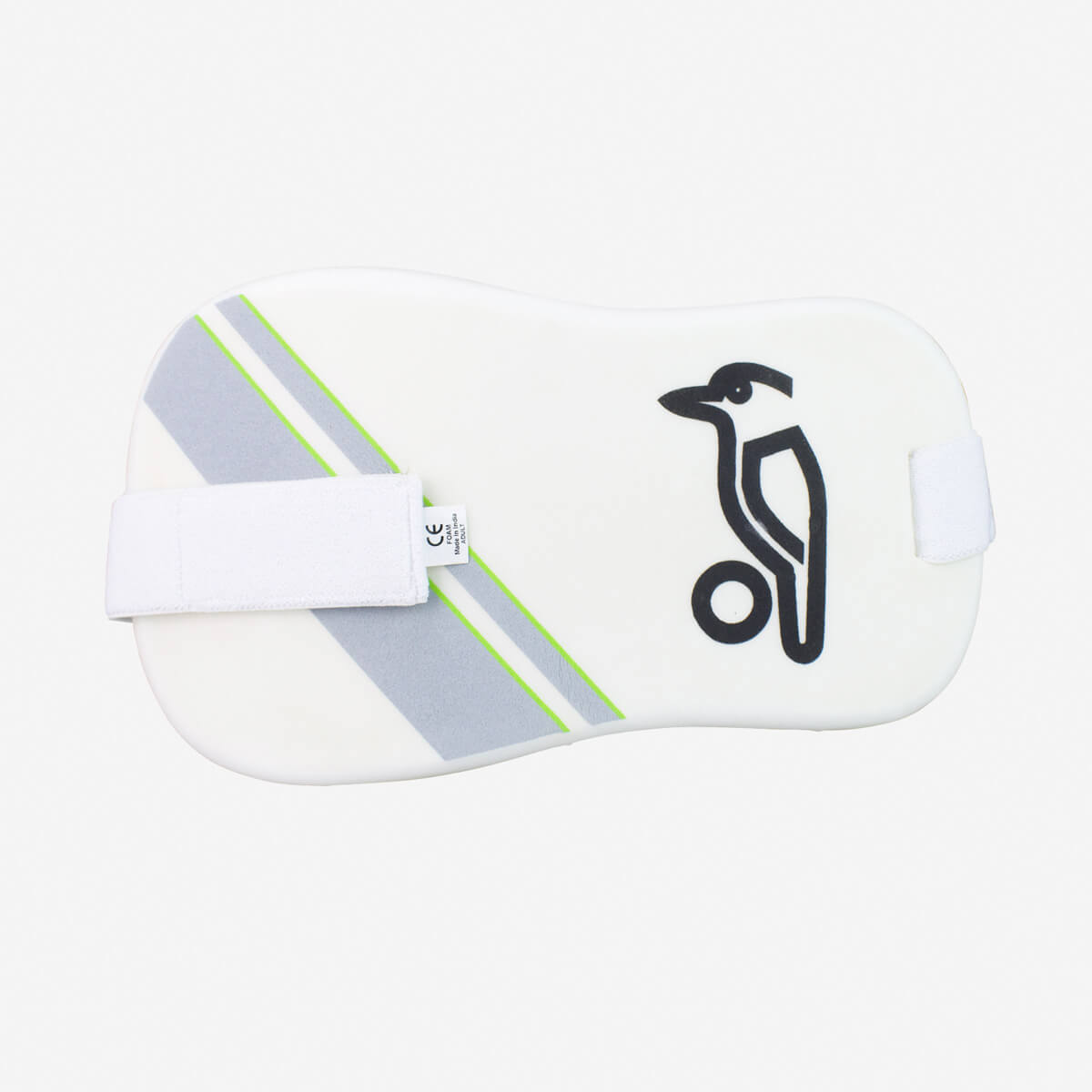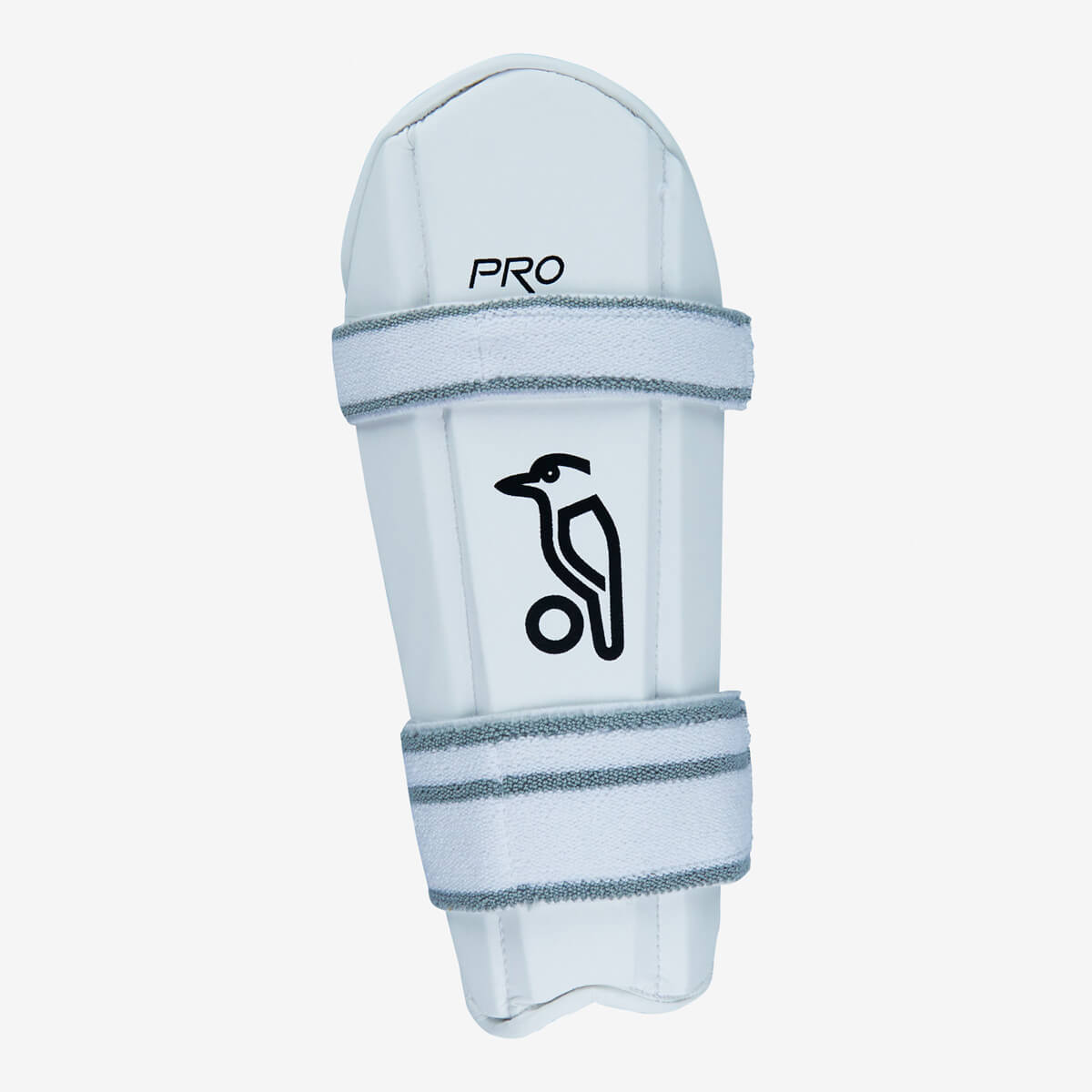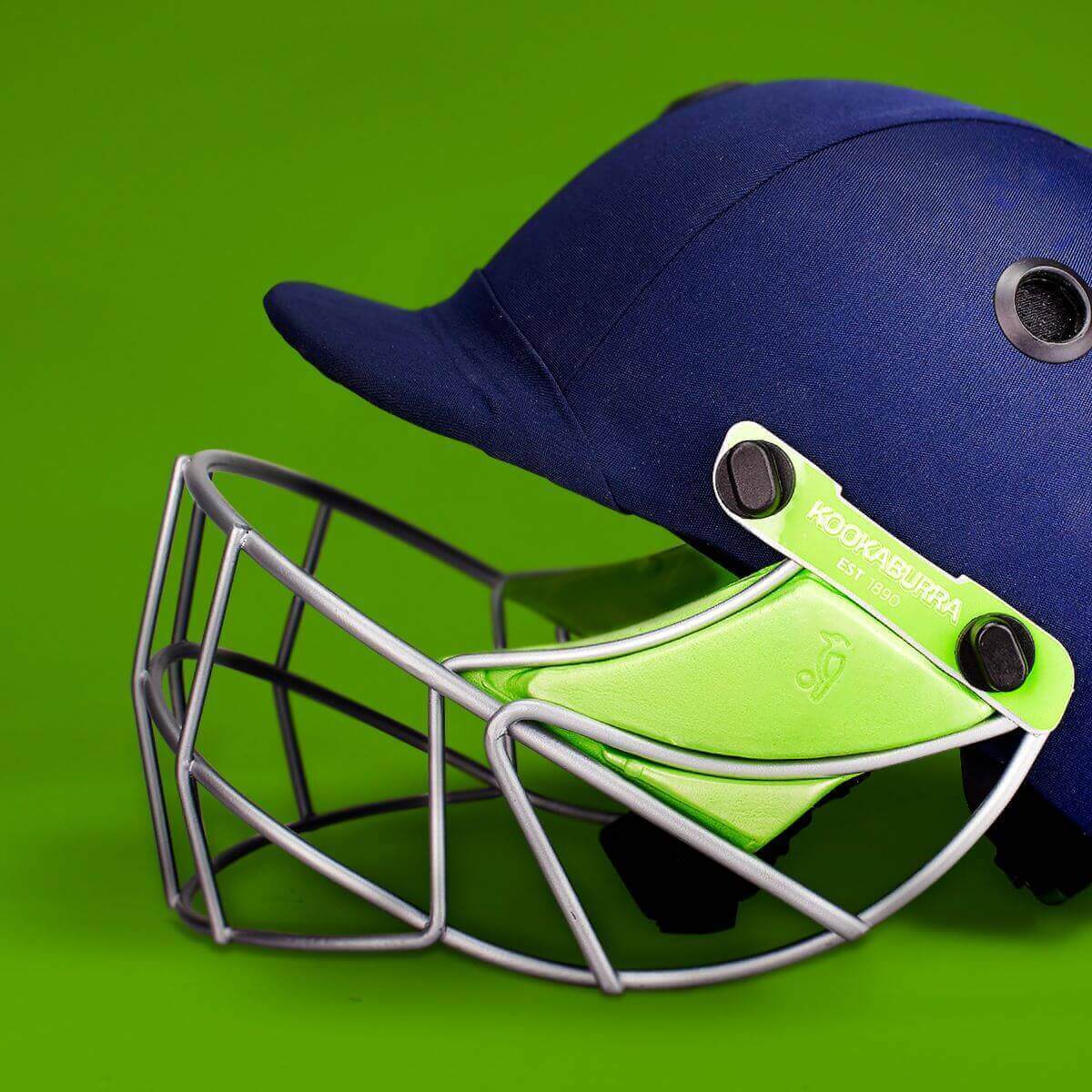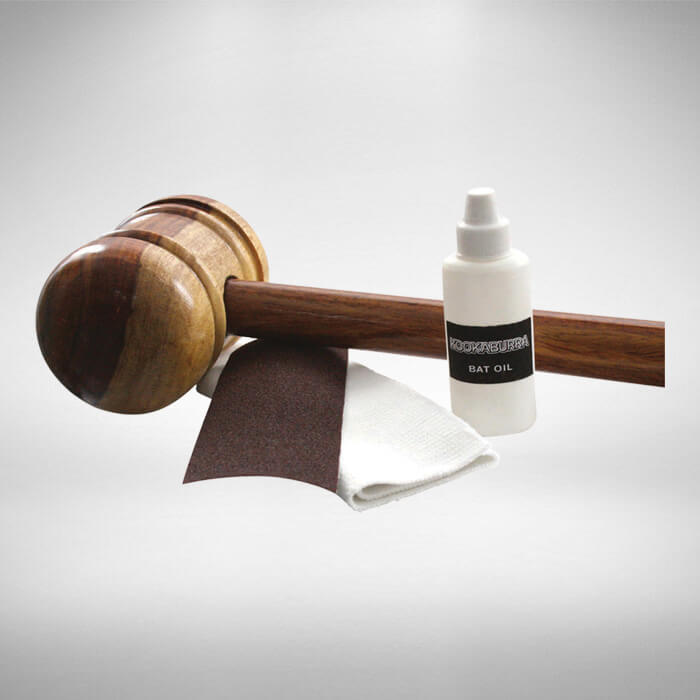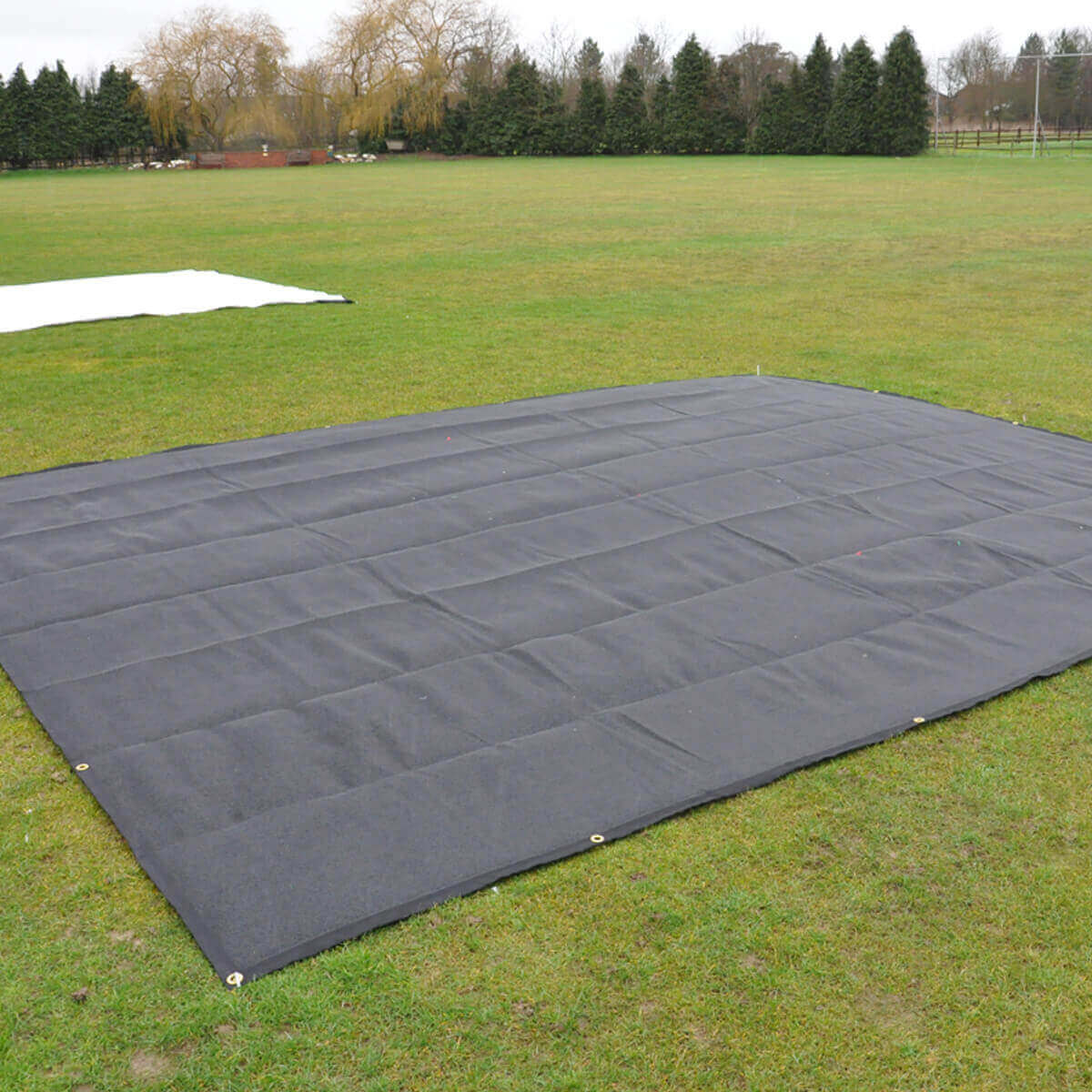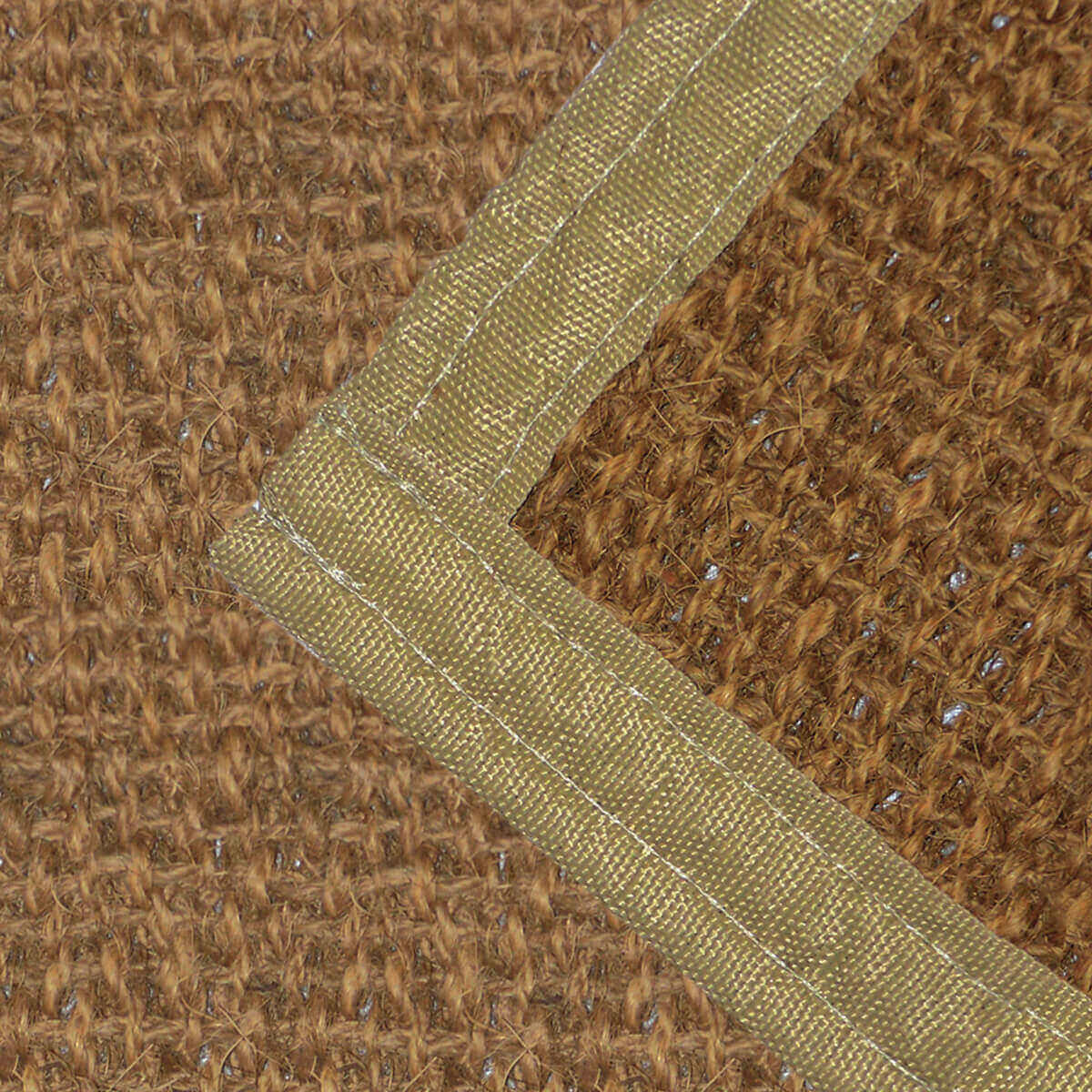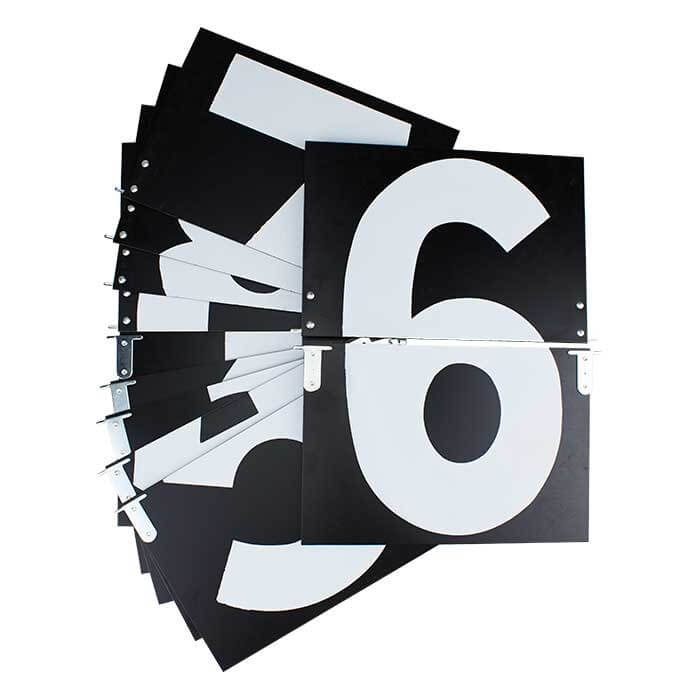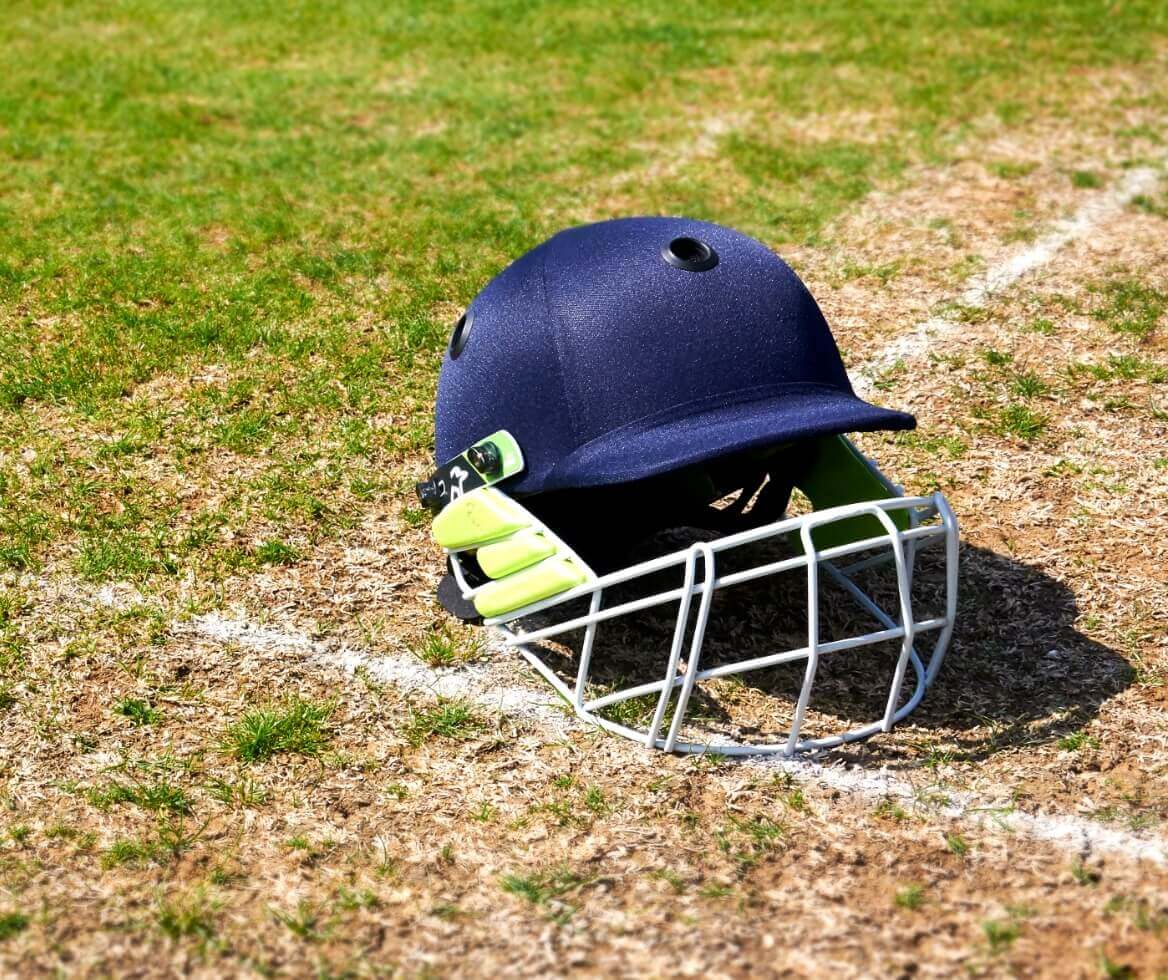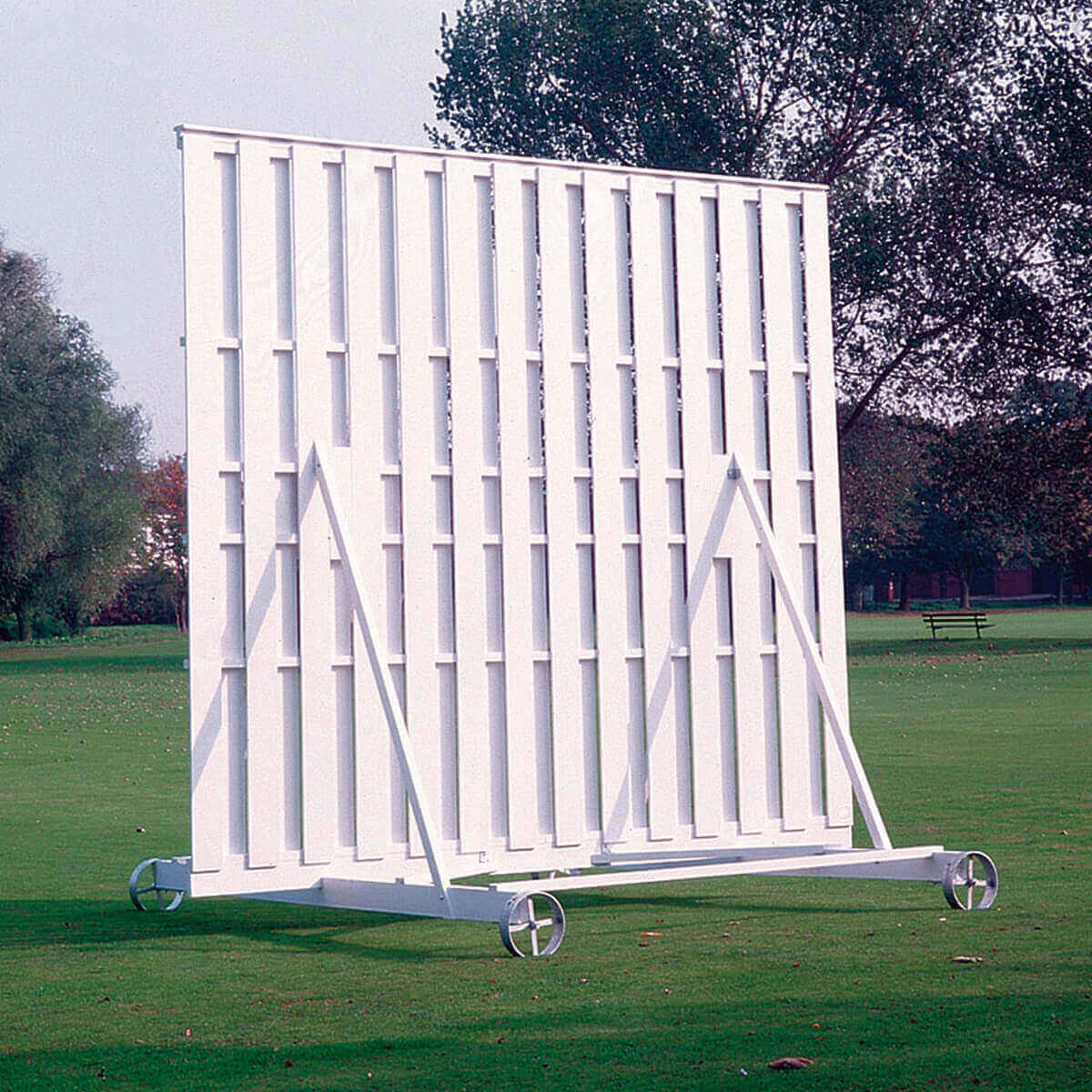In cricket, protective gear is an absolute must. For bowlers and batters in particular, helmets are particularly important: a stray ball or mis-timed swing could easily lead to a serious head injury if you play without one.
But, with so many different options available and so many factors to consider, choosing the right cricket helmet can be quite a tricky and time consuming process – even if you’ve done it before. Because technology and safety standards are continually evolving, today’s helmets look quite different to those that have come before.
That’s where we come in. In this guide, we’re going to run through all of the key considerations you should be aware of before buying a cricket helmet, whether you’re shopping for your first ever helmet or your fifth. From technical terminology to sizing, construction and more, we’ll cover everything you need to know right here.
The anatomy of a cricket helmet
Let’s kick things off by taking a look at the way a cricket helmet is manufactured and the components that go into creating one.
Shell
The construction of cricket helmets has changed almost beyond recognition over the years, with modern helmets featuring far more advanced materials and technologies than ever before.
Because of the crucial role it plays in protecting your head, the helmet shell has been the focus of much of this advancement. Modern shells are able to absorb impacts far better than their forebears while weighing less, providing a winning balance of comfort, agility and safety. They often come with built-in ventilation to keep you cool, too.
Grill
A feature missing from most early cricket helmets, the grill has since become a crucial component for players of all levels. That’s because it serves such an important purpose: protecting your face.
Manufactured from either stainless steel or titanium (which is the preferred option due to its durability and lower weight), grills were once adjustable pieces. Not any more. Now, all helmet grills are fixed in place to eliminate the risk of cricket balls entering the gap between the grill and the shell, which would essentially render the grill useless.
Padding
Yes, cricket helmets exist to keep you safe – but safety isn’t the only thing that designers take into consideration when creating them. Comfort is important, too. Inside a quality cricket helmet, you’ll find a selection of built-in pads which not only help keep you comfortable, but absorb sweat and provide additional cushioning for your head in the event of an impact.
Straps
A helmet won’t do much good if it’s not secured properly, which is why straps are so crucial. Quality straps will offer plenty of adjustment, allowing you to fine tune the fit of your helmet to ensure it’s not too tight or too loose.
Choosing the right helmet for you
So, now you know what goes into creating a cricket helmet, let’s cover the key considerations you should be aware of when shopping for one.
Your current level
As with any piece of cricket equipment, your current skill level (and the type of matches you play) should have an impact on your purchase. The more serious players will expect more of their helmets, opting for pricier models that boast the latest lightweight materials and provide comprehensive protection. If you’re just starting out or only play for fun, though, an entry-level helmet should serve you well.
The position you play in
If you bat regularly, you should invest more in your helmet than if you only bat occasionally. Why? Well, all modern cricket helmets from the big brands provide an adequate level of protection. What differentiates the entry-level helmets from the flagship models is most often comfort and weight. If you’re going to be wearing your helmet for extended periods of time, comfort and weight will matter a great deal – but if you don’t bat all that often, you’ll likely be happy with a more affordable helmet.
Safety regulations
This applies no matter which level you play at. Any helmet you purchase should comply with the latest British Standard, BS7928:2013. In order to attain this standard, helmets and grills are thoroughly tested to ensure they provide adequate protection. If you buy a helmet that isn’t BS-compliant, you’re ultimately putting your head at risk. It’s just not worth it.
How do I measure for a cricket helmet?
You don’t need us to tell you that the size of your helmet is absolutely critical. An incorrectly-sized helmet won’t just affect your comfort out on the pitch, it could compromise your safety too. Here’s how to measure for a helmet the right way.
- Get hold of a tape measure (the kind a tailor or dressmaker would use)
- Place the tape measure roughly a finger’s width above your eyebrows and wrap it around the widest part of your head
- Note the point at which the tape measure meets in centimetres
That’s it. Once you have a measurement, you can identify which size is most suitable for you. If you’re in between sizes, order the larger of the two sizes – you can always use the straps to keep the helmet snug on your head.
For reference, the sizing of Kookaburra helmets is as follows:
- XS-S: 54cm
- M: 54 – 58cm
- L-XL: 58 – 62cm
For further information on sizing, take a look at our dedicated cricket helmet size guide.
Shop online at 3D Sports today
There you have it, our complete guide to buying a cricket helmet. We hope you learned everything you needed to know in order to make a decision, but if not, our experienced team is here to help. If you have any questions about buying a cricket helmet, get in touch with us.
Ready to start shopping? Make sure you check out our complete range of cricket helmets online today, with plenty of options in stock from top brands like Kookaburra.



